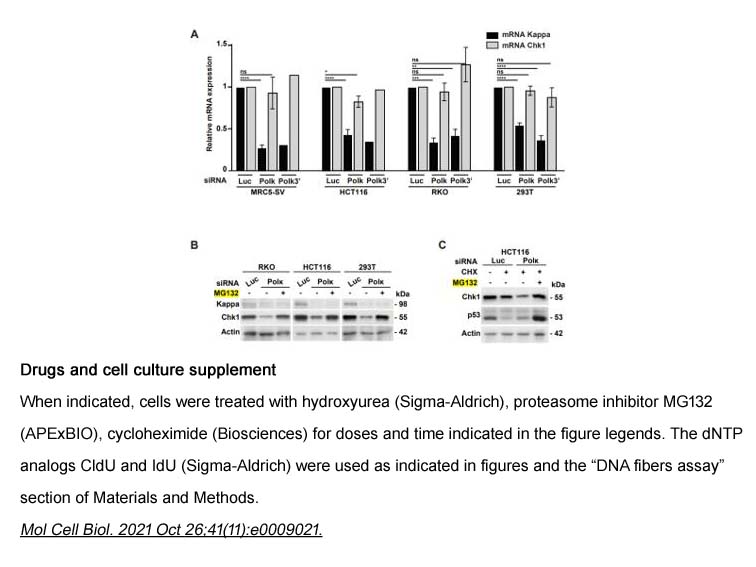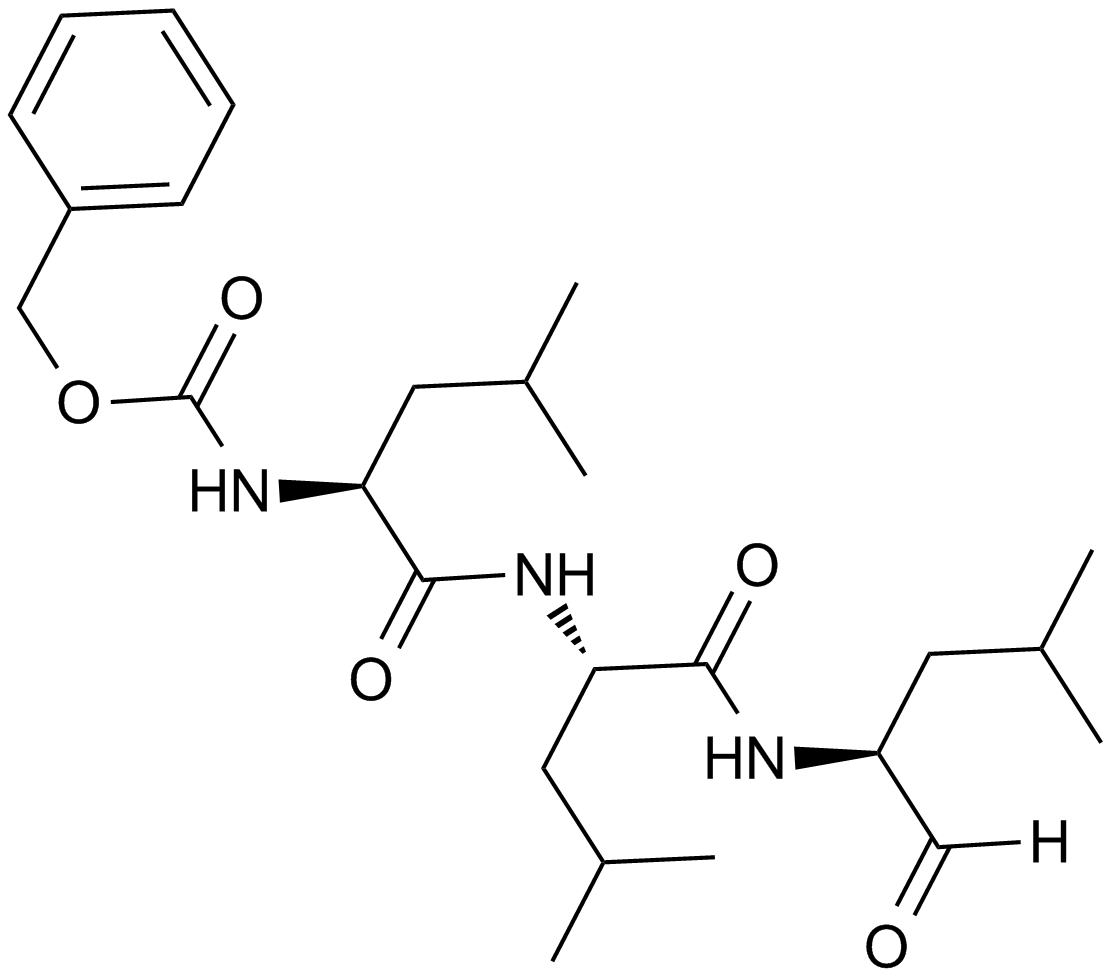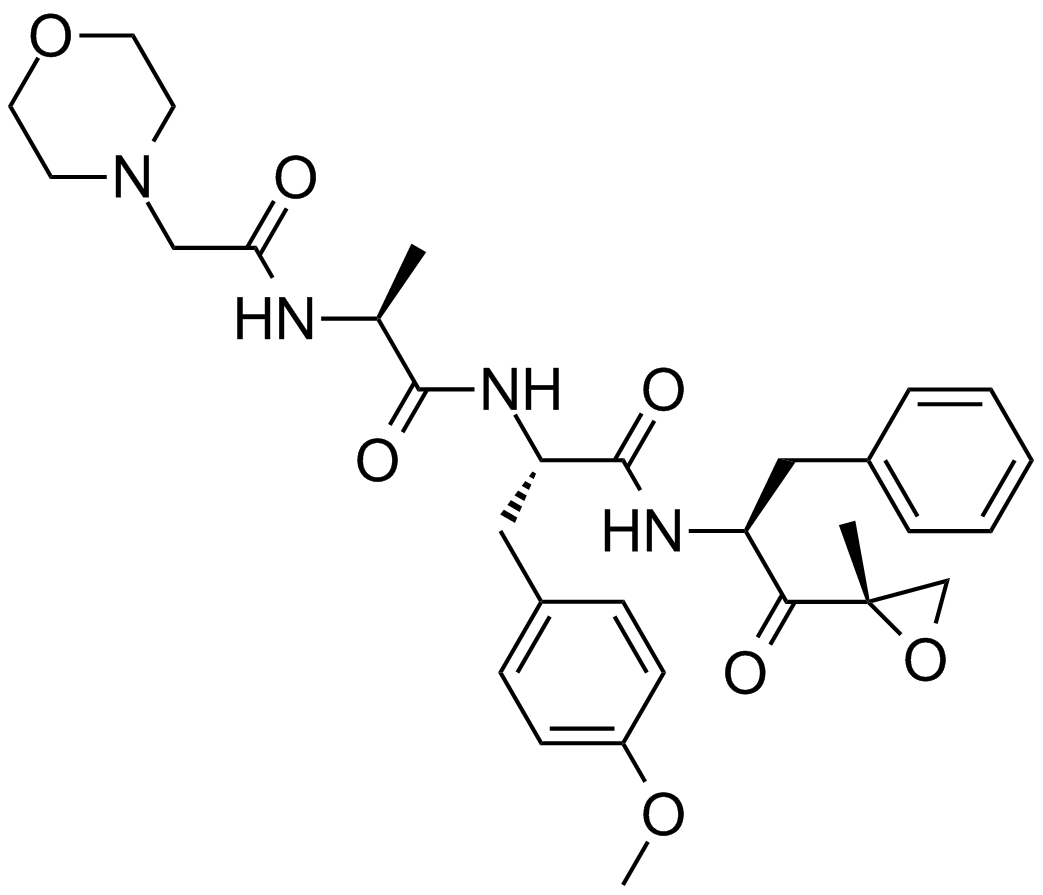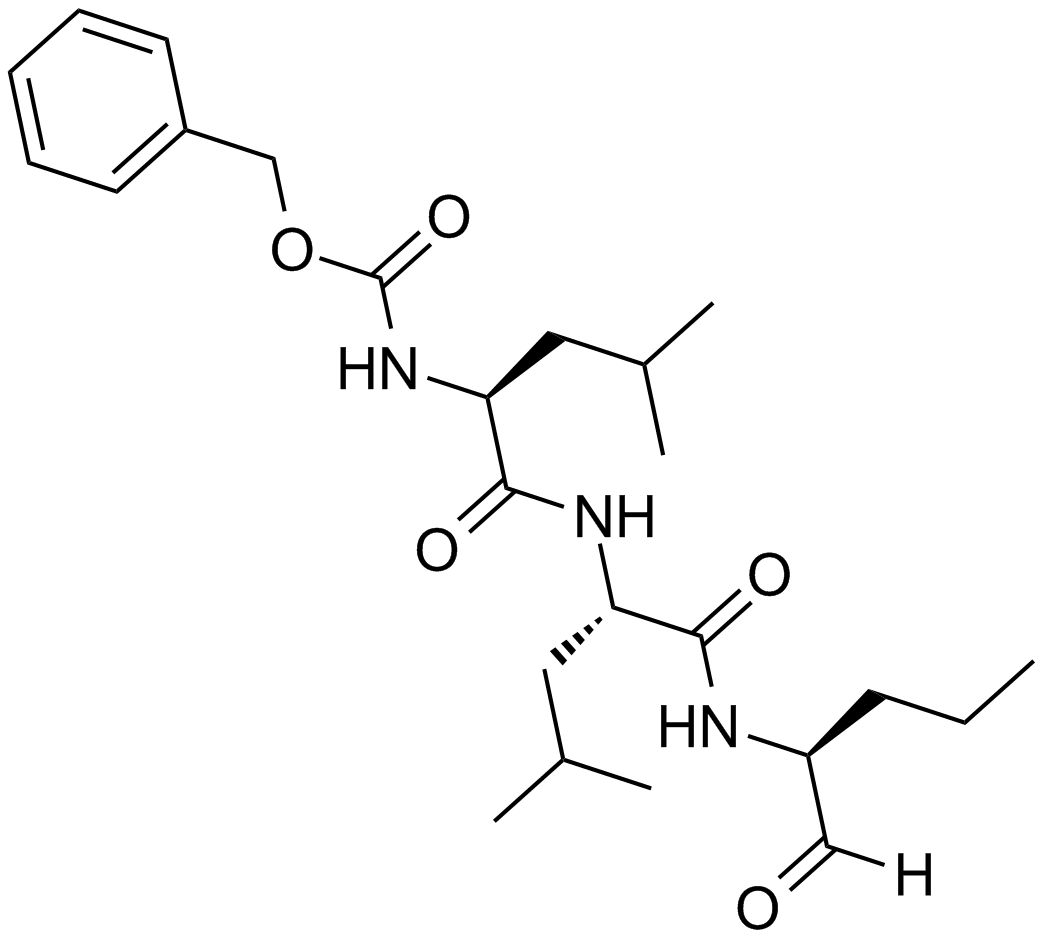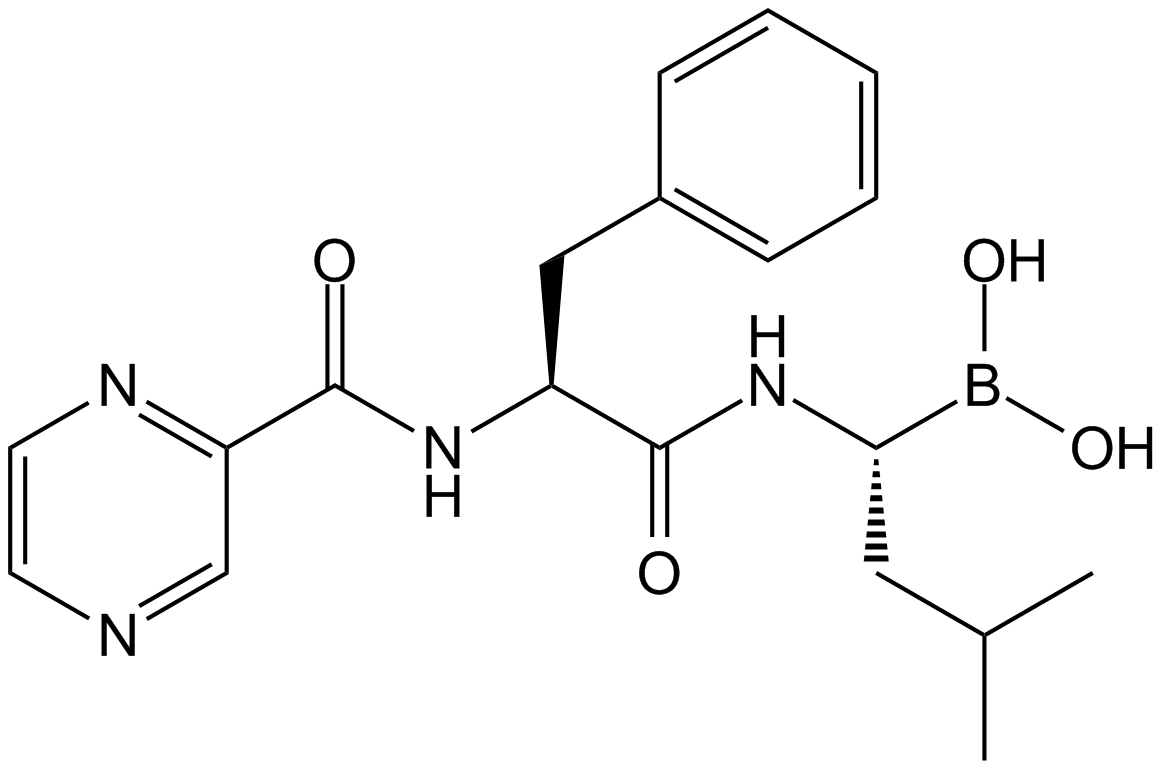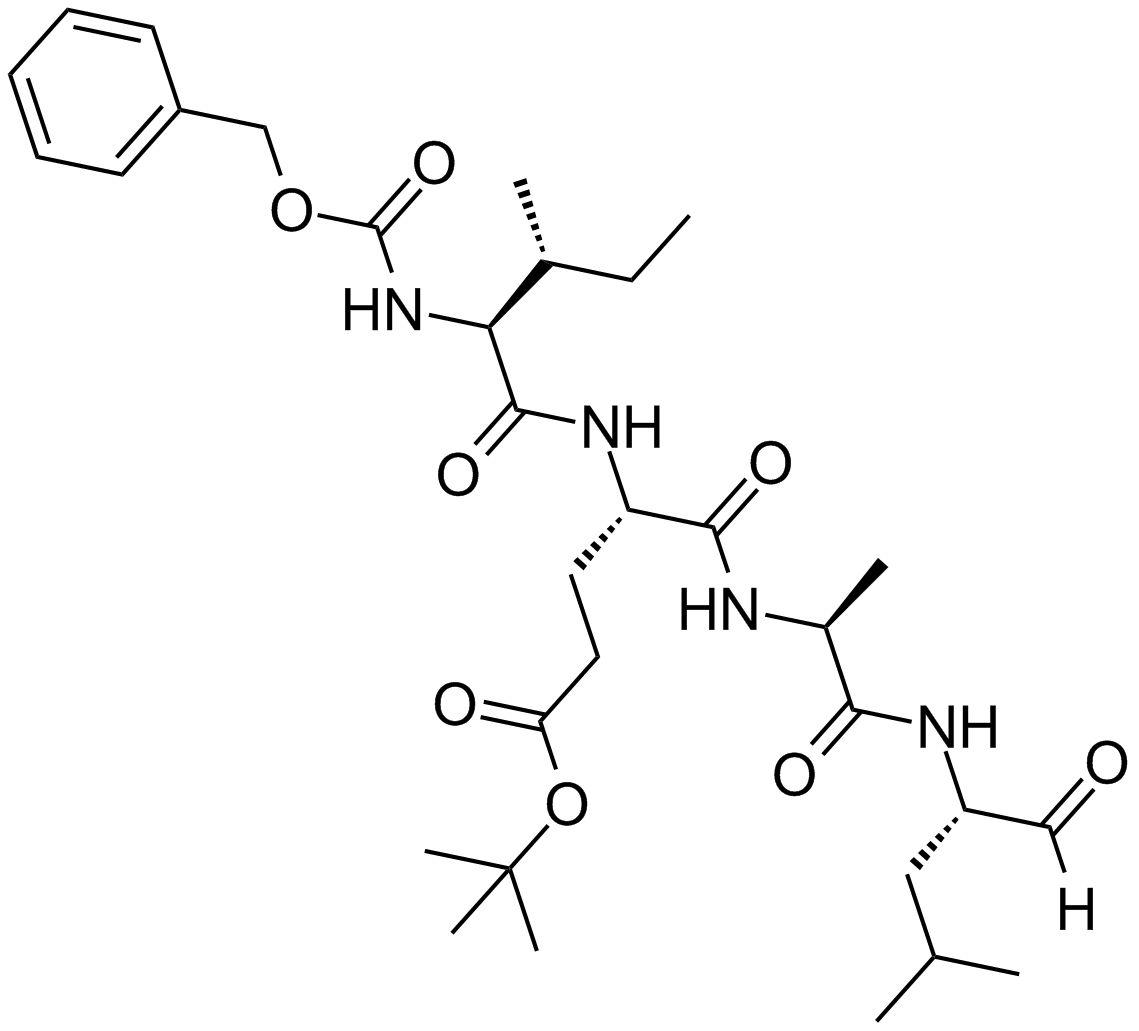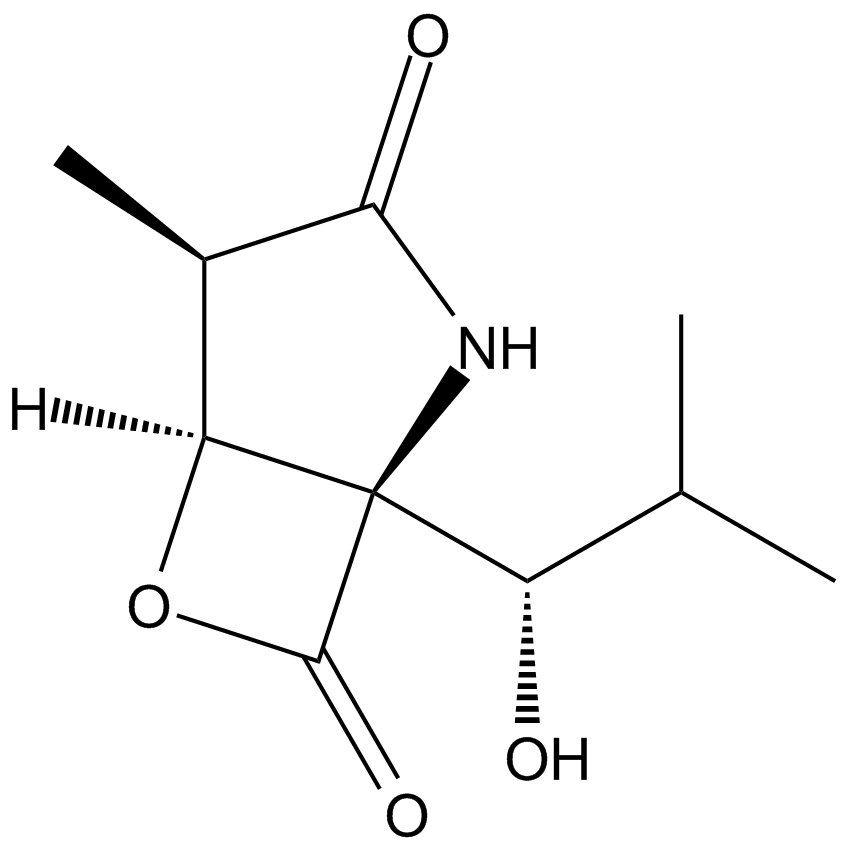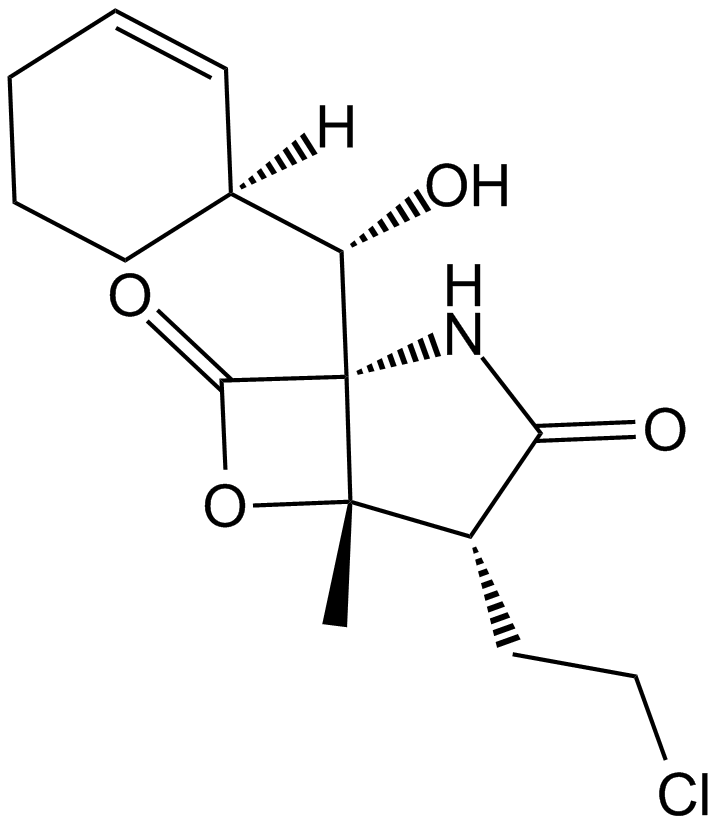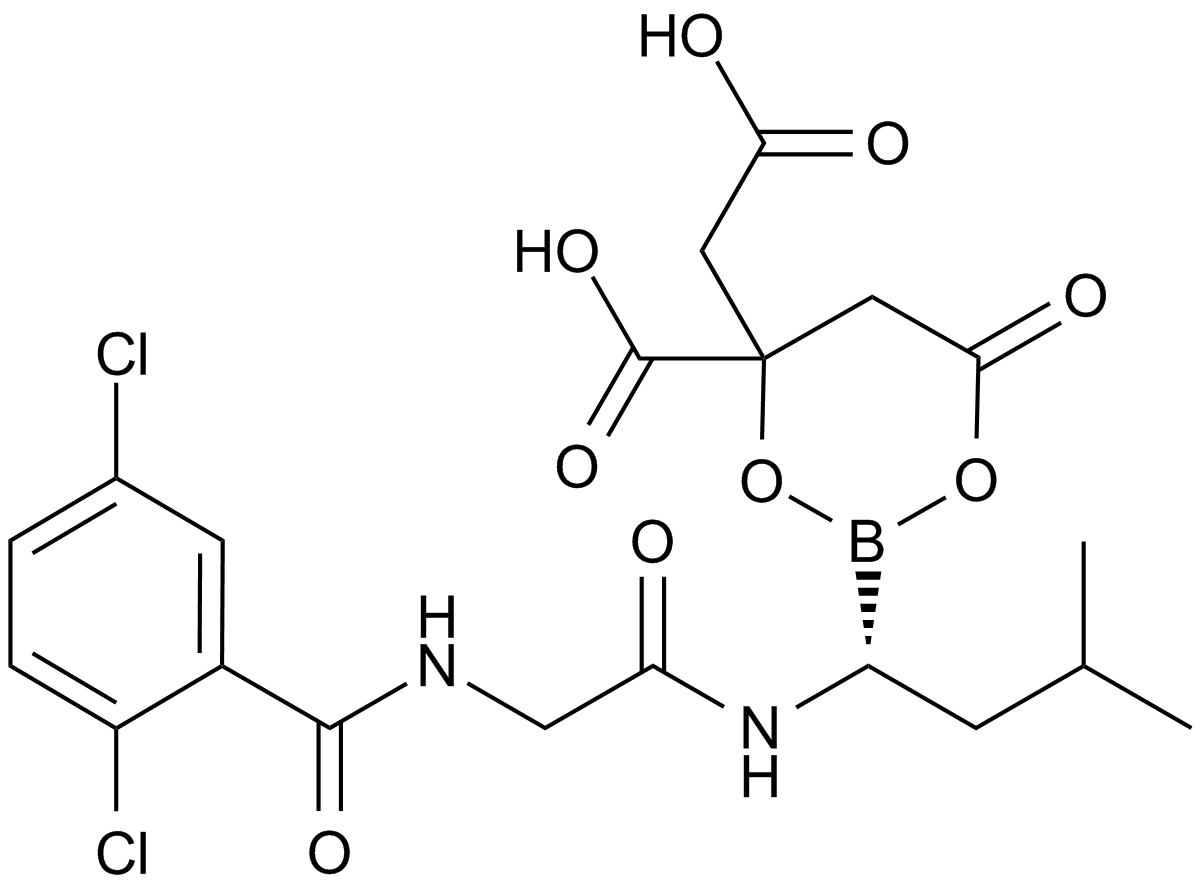MG-132

mRNA synthesis
In vitro transcription of capped mRNA with modified nucleotides and Poly(A) tail

Tyramide Signal Amplification (TSA)
TSA (Tyramide Signal Amplification), used for signal amplification of ISH, IHC and IC etc.

Phos Binding Reagent Acrylamide
Separation of phosphorylated and non-phosphorylated proteins without phospho-specific antibody

Cell Counting Kit-8 (CCK-8)
A convenient and sensitive way for cell proliferation assay and cytotoxicity assay
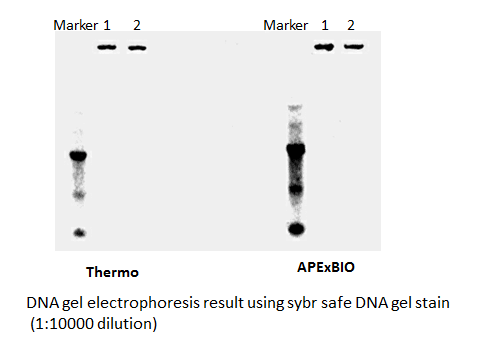
SYBR Safe DNA Gel Stain
Safe and sensitive stain for visualization of DNA or RNA in agarose or acrylamide gels.

Inhibitor Cocktails
Protect the integrity of proteins from multiple proteases and phosphatases for different applications.
MG132是一种肽醛,可以有效地阻断蛋白酶体的蛋白水解活性,包含苄酯基 - 亮氨酸 - 亮氨酸 - 亮氨酸序列。据报道,蛋白酶体的抑制剂 (包括MG132)可以通过形成活性氧(ROS)从而诱导细胞凋亡。蛋白酶体抑制剂引起的ROS的形成和谷胱甘肽(GSH)的耗竭可导致线粒体功能障碍和随后细胞色素c的释放,从而导致细胞活力的丧失。
MG132剂量依赖性地抑制A549细胞的生长,IC50值为20 μM。MG-132也可以抑制人宫颈癌Hela细胞的生长,IC50值为5 μM。同样的,0.5 μM的MG-132就可以显著减少Hela细胞的生长,并诱导细胞死亡。MG132对细胞生长的抑制取决于孵育的剂量和细胞类型。
MG132可以显著阻滞G1期。MG-132通过诱导G2 / M期阻滞从而抑制HT-29结肠癌细胞和MG-63骨肉瘤细胞的生长。在氯化锰处理的A549细胞中,MG-132可以延长G0 / G1期阻滞。同时,MG-132可以诱导胃癌细胞中G1期的阻滞。MG132对泛素-蛋白酶体系统的作用可能导致不同的细胞周期阻滞,这取决于不同的肿瘤细胞系。
已有研究表明,蛋白酶体的抑制剂 (包括MG132)可以通过形成活性氧(ROS)从而诱导凋亡性细胞死亡。MG132通过诱导细胞周期阻滞从而触发细胞凋亡,从而抑制A549细胞的生长,这与ROS和GSH水平的变化具有一定的相关性。
参考文献:
1. Ling YH, Liebes L, Zou Y and Perez-Soler R. Reactive oxygen species generation and mitochondrial dysfunction in the apoptotic response to Bortezomib, a novel proteasome inhibitor, in human H460 non-small cell lung cancer cells, 2003; 278: 33714–33723.
2. Qiu JH, Asai A, Chi S, et al. Proteasome inhibitors induce cytochrome c-caspase-3-like protease-mediated apoptosis in cultured cortical neurons. J Neurosci 2000; 20: 259–265.
3. YH. Han, WH. Park, MG132 as a proteasome inhibitor induces cell growth inhibition and cell death in A549 lung cancer cells via influencing reactive oxygen species and GSH level, Human and Experimental Toxicology, 29(7) 607–614.
4. Wu WK, Wu YC, Yu L, et al. Induction of autophagy by proteasome inhibitor is associated with proliferative arrest in colon cancer cells. Biochem Biophys Res Commun 2008; 374: 258–263.
5. Yan XB, Yang DS, Gao X, et al. Caspase-8 dependent osteosarcoma cell apoptosis induced by proteasome inhibitor MG132. Cell Biol Int 2007; 31: 1136–1143.
6. ZhangW, Tong Q, Li S, Wang X andWang Q.MG-132 inhibits telomerase activity, induces apoptosis and G(1) arrest associated with upregulated p27kip1 expression and downregulated survivin expression in gastric carcinoma cells. Cancer Invest 2008; 26:1032–1036.
7. Wu HM, Chi KH, Lin WW. Proteasome inhibitors stimulate activator protein-1 pathway via reactive oxygen species production. FEBS Lett 2002; 526: 101–105.
- 1. Yao Gong, Gaurav Behera, et al. "HypDB: A functionally annotated web-based database of the proline hydroxylation proteome." PLoS Biol. 2022 Aug 26;20(8):e3001757. PMID: 36026437
- 2. Yang Liu, Libo He, et al. "Pharmacological inhibition of sphingolipid synthesis reduces ferroptosis by stimulating the HIF-1 pathway." iScience. 2022 Jun 6;25(7):104533. PMID: 35784791
- 3. Ray W. Bowman II , Eric M. Jordahl, et al. "TORC1 Signaling Controls the Stability and Function of α-Arrestins Aly1 and Aly2." Biomolecules. 2022 Mar 31;12(4):533. PMID: 35454122
- 4. Li Song, Lin Zhang, et al. "ORP5 promotes tumor metastasis via stabilizing c-Met in renal cell carcinoma." Cell Death Discov. 2022 Apr 21;8(1):219. PMID: 35449154
- 5. Zhuoyao Chen, Rafael M Ioris, et al. "Disease-associated KBTBD4 mutations in medulloblastoma elicit neomorphic ubiquitylation activity to promote CoREST degradation." Cell Death Differ. 2022 Oct;29(10):1955-1969. PMID: 35379950
- 6. Rui Zhang, Teng Xue, et al. "Bclaf1 regulates c‐FLIP expression and protects cells from TNF‐induced apoptosis and tissue injury." EMBO Rep. 2021 Oct 25;e52702. PMID: 34693625
- 7. Yang Liu, Libo He, et al. "Stable maintenance of the Mre11-Rad50-Nbs1 complex is sufficient to restore the DNA double-strand break response in cells lacking RecQL4 helicase activity." J Biol Chem. 2021 Oct;297(4):101148. PMID: 34473993
- 8. Marina Dall’Osto, Laura Pierini, et al. "A Catalytically Independent Function of Human DNA Polymerase Kappa Controls the Stability and Abundance of Checkpoint Kinase 1." Mol Cell Biol. 2021 Oct 26;41(11):e0009021. PMID: 34398682
- 9. Du Yu, Yundi Zhao, et al. "C19orf66 Inhibits Japanese Encephalitis Virus Replication by Targeting -1 PRF and the NS3 Protein." Virol Sin. 2021 Dec;36(6):1443-1455. PMID: 34309824
- 10. Xiaowei Fei, Ya-nan Dou, et al. "TRIM22 Activates MAPK Signaling by Regulating the Transcription of SPHK2 and Accelerating the Degradation of Raf-1 in Glioblastoma." Research Square. November 10th, 2021.
- 11. Shaojun Wu, Ying Zhang, et al. "Septin4 promotes cardiomyocytes apoptosis by enhancing the VHL-mediated degradation of HIF-1α." Cell Death Discov. 2021 Jul 6;7(1):172. PMID: 34230460
- 12. Yaqi Cui, Rong Xie, et al. "OGA is associated with deglycosylation of NONO and the KU complex during DNA damage repair." Cell Death Dis. 2021 Jun 16;12(7):622. PMID: 34135314
- 13. Xu Z, Hu H, et al. "The deubiquitinase USP38 promotes cell proliferation through stabilizing c-Myc." Int J Biochem Cell Biol. 2021 Aug;137:106023. PMID: 34102342
- 14. Sonali Bahl, Hongbo Ling, et al. "EGFR phosphorylates HDAC1 to regulate its expression and anti-apoptotic function." Cell Death Dis. 2021 May 11;12(5):469. PMID: 33976119
- 15. Yeonghyeon Lee, Jaejin Kim, et al. "Coordinate regulation of the senescent state by selective autophagy." Dev Cell. 2021 May 17;56(10):1512-1525.e7. PMID: 33915088
- 16. Qiang Li, Dongmei Yu, et al. "TIPE3 promotes non-small cell lung cancer progression via the protein kinase B/extracellular signal-regulated kinase 1/2-glycogen synthase kinase 3β-β-catenin/Snail axis." Transl Lung Cancer Res. 2021 Feb;10(2):936-954. PMID: 33718034
- 17. Qiu Fang, Fanglin Zhou, et al. "Degradation of STOP1 mediated by the F-box proteins RAH1 and RAE1 balances aluminum resistance and plant growth in Arabidopsis thaliana." Plant J. 2021 Apr;106(2):493-506. PMID: 33528836
- 18. Weiwei Qin, Xiyang Tong, et al. "Preservation of mitochondrial homeostasis is responsible for the ameliorative effects of Suhuang antitussive capsule on non-resolving inflammation via inhibition of NF-κB signaling and NLRP3 inflammasome activation." J Ethnopharmacol. 2021 May 10;271:113827. PMID: 33460751
- 19. Hyeonkyeong Kim, Yongsik Cho, et al. "A system-level approach identifies HIF-2α as a critical regulator of chondrosarcoma progression." Nat Commun. 2020 Oct 6;11(1):5023. PMID: 33024108
- 20. Hyun-Soo Kim, Benjamin Roche, et al. "Clr4SUV39H1 and Bdf2BRD4 ubiquitination mediate transcriptional silencing via heterochromatic phase transitions." bioRxiv. January 8, 2021.
- 21. Yanmin Zhong, Xin Li, et al. "The S-nitrosylation of parkin attenuated the ubiquitination of divalent metal transporter 1 in MPP+-treated SH-SY5Y cells." Sci Rep. 2020 Sep 23;10(1):15542. PMID: 32968192
- 22. Rilin Deng, Chaohui Zuo, et al. "The innate immune effector ISG12a promotes cancer immunity by suppressing the canonical Wnt/β-catenin signaling pathway." Cell Mol Immunol. 2020 Nov;17(11):1163-1179. PMID: 32963356
- 23. Shaojun Wu, Ying Zhang, et al. "Septin4 Aggravates Hypoxia-Induced Cardiomyocytes Injury by Promoting HIF-1α Ubiquitination and Degradation through VHL." Research Square. October 21st, 2020.
- 24. Dong Yuan, Yiyu Chen, et al. "SPOP attenuates migration and invasion of choriocarcinoma cells by promoting DHX9 degradation." Am J Cancer Res. 2020; 10(8): 2428–2445. PMID: 32905556
- 25. Jianxiong Ji, Kaikai Ding, et al. "TRIM22 activates NF-κB signaling in glioblastoma by accelerating the degradation of IκBα." Cell Death Differ. 2021 Jan;28(1):367-381. PMID: 32814880
- 26. Dana Mamriev, Ruqaia Abbas, et al. "A small-molecule ARTS mimetic promotes apoptosis through degradation of both XIAP and Bcl-2." Cell Death Dis. 2020 Jun 25;11(6):483. PMID: 32587235
- 27. Jinliang Guo, Yang Zhang, et al. "Mutation of HPR1 encoding a component of the THO/TREX complex reduces STOP1 accumulation and aluminium resistance in Arabidopsis thaliana." New Phytol. 2020 Oct;228(1):179-193. PMID: 32406528
- 28. Wang F, Wang H, et al. "TRIM59 Inhibits PPM1A through Ubiquitination and Activates TGF-β/Smad Signaling to Promote the Invasion of Ectopic Endometrial Stromal cells in Endometriosis." Am J Physiol Cell Physiol. 2020;10.1152/ajpcell.00127.2019. PMID: 32348176
- 29. Lang Y, Yu C, et al. "Characterization of porcine p53 and its regulation by porcine Mdm2." Gene. 2020;748:144699. PMID: 32334023
- 30. Dai J, Yang L, et al. "A Functional Synonymous Variant in PDGFRA Is Associated with Better Survival in Acral Melanoma." J Cancer. 2020;11(10):2945-2956. Published 2020 Mar 4. PMID: 32226509
- 31. Qian H, Zhang N, et al. "The E3 ubiquitin ligase Smurf2 regulates PARP1 stability to alleviate oxidative stress-induced injury in human umbilical vein endothelial cells." J Cell Mol Med. 2020;24(8):4600-4611. PMID: 32167680
- 32. Park JS, Burckhardt CJ, et al. "Mechanical regulation of glycolysis via cytoskeleton architecture." Nature. 2020;578(7796):621–626. PMID: 32051585
- 33. Xuyang Zhao, Yadong Ma, et al. "mTORC2 mediate FLCN-induced HIF2α nuclear import and proliferation of clear cell renal cell carcinoma." bioRxiv. 2020 January 13.
- 34. Greene KS, Lukey MJ, et al. "SIRT5 stabilizes mitochondrial glutaminase and supports breast cancer tumorigenesis." Natl Acad Sci U S A. 2019 Dec 16. pii: 201911954. PMID: 31843902
- 35. Zhou H, Du R, et al. "Cannabinoid receptor 2 promotes the intracellular degradation of HMGB1 via the autophagy-lysosome pathway in macrophage." Int Immunopharmacol. 2020;78:106007. PMID: 31806570
- 36. Matzinger M, Fischhuber K, et al. "AMPK leads to phosphorylation of the transcription factor Nrf2, tuning transactivation of selected target genes." Redox Biol. 2019 Nov 27;29:101393. PMID: 31805502
- 37. Chen Y, Zhu E, et al. "Important roles of C-terminal residues in degradation of capsid protein of classical swine fever virus." Virol J. 2019 Nov 6;16(1):127. PMID: 31694654
- 38. Sun J, Piao J, et al. "Valproic acid targets HDAC1/2 and HDAC1/PTEN/Akt signalling to inhibit cell proliferation via the induction of autophagy in gastric cancer." FEBS J. 2019 Nov 6.nbsp;PMID: 31692265
- 39. Kim S, Han S, et al. "Tankyrase inhibition preserves osteoarthritic cartilage by coordinating cartilage matrix anabolism via effects on SOX9 PARylation." Nat Commun. 2019 Oct 25;10(1):4898.nbsp;PMID: 31653858
- 40. Liu H, Ge XY, et al. "Up-regulation of cullin7 promotes proliferation and migration of pulmonary artery smooth muscle cells in hypoxia-induced pulmonary hypertension." Eur J Pharmacol. 2019 Sep 26;864:172698.nbsp;PMID: 31563647
- 41. Zhao T, Bao Y, et al. "DNA methylation-regulated QPCT promotes sunitinib resistance by increasing HRAS stability in renal cell carcinoma." Theranostics. 2019 Aug 14;9(21):6175-6190.nbsp;PMID: 31534544
- 42. Groborz K, Gonzalez Ramirez ML, et al. "Exploring the prime site in caspases as a novel chemical strategy for understanding the mechanisms of cell death: a proof of concept study on necroptosis in cancer cells." Cell Death Differ. 2020;27(2):451–465. PMID: 31209360
- 43. Casey Paulasue Nielsen. "Regulation of WNT pathway specification by DUB-E3 interactions." Vanderbilt University.2019
- 44. Yuan NN, Cai CZ, et al. "Canthin-6-One Accelerates Alpha-Synuclein Degradation by Enhancing UPS Activity: Drug Target Identification by CRISPR-Cas9 Whole Genome-Wide Screening Technology." Front Pharmacol. 2019 Jan 28;10:16.nbsp;PMID: 30745870
- 45. Ju L, Han J, et al. "Obesity-associated inflammation triggers an autophagy-lysosomal response in adipocytes and causes degradation of perilipin 1."Cell Death Dis. 2019 Feb 11;10(2):121. PMID: 30741926
- 46. Cui-ZanCai, He-FengZhou, et al. "Natural alkaloid harmine promotes degradation of Alpha-synuclein via PKA-mediated ubiquitin-proteasome system activation." Phytomedicine. Available online 30 January 2019, 152842.
- 47. Lee CH, Yang JR, et al. "Novel STAT3 Inhibitor LDOC1 Targets Phospho-JAK2 for Degradation by Interacting with LNX1 and Regulates the Aggressiveness of Lung Cancer." Cancers (Basel). 2019 Jan 9;11(1). pii: E63. PMID: 30634502
- 48. Dongdong Zhao, Jian Meng, et al. "RPS23RG1 is Required for Synaptic Integrity and Rescues Alzheimer’s Associated Cognitive Deficits." Biological Psychiatry Available online 25 August 2018.
- 49. Xiao G, Li Y, et al. "FBXW7 suppresses epithelial-mesenchymal transition and chemo-resistance of non-small-cell lung cancer cells by targeting snai1 for ubiquitin-dependent degradation." Cell Prolif. 2018 Aug 9:e12473. PMID: 30094882
- 50. Chao Qin, Rui Zhang, et al. "Bclaf1 critically regulates the type I interferon response and is degraded by alphaherpesvirus US3" bioRxiv. 2018 August 16.
- 51. Bao Y, Yang F, et al. "Angiopoietin-like protein 3 blocks nuclear import of FAK and contributes to sorafenib response." Br J Cancer. 2018 Jul 23. PMID: 30033448
- 52. Selvarangan Ponnazhagan, Vinayak Khattar, et al. "Structural determinants and genetic modifications enhance BMP2 stability and extracellular secretion." bioRxiv. 2018 July 20.
- 53. Ji J, Xu R, et al. "Actin like-6A promotes glioma progression through stabilization of transcriptional regulators YAP/TAZ."Cell Death Dis. 2018 May 3;9(5):517. PMID: 29725063
- 54. Lv XM, Li MD, et al."Neotuberostemonine inhibits the differentiation of lung fibroblasts into myofibroblasts in mice by regulating HIF-1α signaling." Acta Pharmacol Sin. 2018 Apr 12. PMID: 29645000
- 55. Lee S, Tumolo JM, et al. "Ubiquitin turnover and endocytic trafficking in yeast are regulated by Ser57 phosphorylation of ubiquitin." Elife. 2017 Nov 13;6. pii:e29176. PMID: 29130884
- 56. Wang Y, Lu S, et al. "Sonic hedgehog induces GLT-1 degradation via PKC delta to suppress its transporter activities." Neuroscience. 2017 Oct 6;365:217-225. PMID: 28993237
- 57. Wang Z, Gao Y, et al. "Quinolinate Phosphoribosyltransferase is an Antiviral Host Factor Against Hepatitis C Virus Infection." Sci Rep. 2017 Jul 19;7(1):5876. PMID: 28724915
- 58. Wang X, Liu X, et al. "Sensitivity to antitubulin chemotherapeutics is potentiated by a photoactivable nanoliposome." Biomaterials. 2017 Jun 23;141:50-62. PMID: 28667899
- 59. Ho HC, MacGurn JA, et al. "Deubiquitinating enzymes Ubp2 and Ubp15 regulate endocytosis by limiting ubiquitination and degradation of ARTs." Mol Biol Cell.2017 May 1;28(9):1271-1283. PMID: 28298493
- 60.Shanzer M, Adler J, et al. "The nonreceptor tyrosine kinase c-Src attenuates SCF(β-TrCP) E3-ligase activity abrogating Taz proteasomal degradation. "Proc Natl Acad Sci U S A. 2017 Feb 14;114(7):1678-1683. PMID: 28154141
- 61. Scott N. Ashley. "Impact Of Host Factors On The Adaptive Immune Response To Aav Gene Therapy." University of Pennsylvania. 2017.
- 62. Dr. Brenda Lilly, Advisor Dr. Joy Lincoln, et al. "The Roles of the Notch2 and Notch3 Receptors in Vascular Smooth Muscle Cells" The Ohio State University. 2016 Nov.
- 63. Liu Z, Moran GP, et al. "Amplification of TLO Mediator Subunit Genes Facilitate Filamentous Growth in Candida Spp." PLoS Genet. 2016 Oct 14;12(10):e1006373. PMID: 27741243
- 64. Boyd Tressler, Andrea Michelle. "Mechanisms of Extracellular Nucleotide Accumulation During Regulated Cell Death in Tumor Cells."rave.ohiolink.edu,May 2016.
- 65. Gunderwala A, Porter J. "A luminescence assay for natural product inhibitors of the Mycobacterium tuberculosis proteasome." Phytochem Anal. 2016 Mar;27(2):126-32. PMID: 26778282
- 66. Moshe, Adi, et al. "Tomato plant cell death induced by inhibition of HSP90 is alleviated by Tomato yellow leaf curl virus infection." Molecular plant pathology (2015). PMID: 25962748
- 67. Baeten, Jeremy T., and Brenda Lilly. "Differential Regulation of NOTCH2 and NOTCH3 Contribute to their Unique Functions in Vascular Smooth Muscle Cells." Journal of Biological Chemistry (2015): jbc-M115. PMID: 25957400
- 68. Boyd-Tressler, Andrea, et al. "Chemotherapeutic Drugs Induce ATP Release via Caspase-gated Pannexin-1 Channels and a Caspase/Pannexin-1-Independent Mechanism." Journal of Biological Chemistry (2014): jbc-M114. PMID: 25112874
- 69. Giovinazzi S, Sirleto P, et al. "Usp7 protects genomic stability by regulating Bub3." Oncotarget. 2014 Jun 15;5(11):3728-42. PMID: 25003721
| Storage | Store at -20°C该产品在溶液中不稳定,建议现配现用 |
| M.Wt | 475.6 |
| Cas No. | 133407-82-6 |
| Formula | C26H41N3O5 |
| Synonyms | MG132,Z-LLL-al,Z-Leu-Leu-Leu-CHO |
| Solubility | ≥23.78 mg/mL in DMSO; insoluble in H2O; ≥49.5 mg/mL in EtOH |
| Chemical Name | benzyl N-[(2S)-4-methyl-1-[[(2S)-4-methyl-1-[[(2S)-4-methyl-1-oxopentan-2-yl]amino]-1-oxopentan-2-yl]amino]-1-oxopentan-2-yl]carbamate |
| SDF | Download SDF |
| Canonical SMILES | CC(C)CC(C=O)NC(=O)C(CC(C)C)NC(=O)C(CC(C)C)NC(=O)OCC1=CC=CC=C1 |
| 运输条件 | 蓝冰运输或根据您的需求运输。 |
| 一般建议 | 不同厂家不同批次产品溶解度各有差异,仅做参考。若实验所需浓度过大至产品溶解极限,请添加助溶剂助溶或自行调整浓度。溶液形式一般不宜长期储存,请尽快用完。 |
| 激酶实验: | |
|
MG-132对蛋白酶体9的抑制活性 |
MG-132是一种肽醛,可以有效阻断蛋白酶体9的蛋白水解活性。已有研究表明,蛋白酶体的抑制剂 (包括MG-132)通过形成活性氧(ROS)从而诱导凋亡性细胞死亡。蛋白酶体抑制剂引起的ROS的形成和谷胱甘肽(GSH)的耗竭可能导致线粒体功能障碍和随后细胞色素c的释放,从而导致细胞活力的丧失[1,2]。 |
| 细胞实验: | |
|
细胞系 |
A549细胞、人宫颈癌HeLa细胞、HT-29结肠癌细胞、MG-63骨肉瘤细胞等。 |
|
溶解方法 |
在DMSO中的溶解度>23.8 mg/mL。为了获得更高的浓度,可以将离心管在37°C加热10分钟和/或在超声波浴中震荡一段时间。原液可以在-20°C以下储存几个月。 |
|
反应时间 |
24-48小时 |
|
应用 |
MG-132是一种膜通透性的蛋白酶体抑制剂。在PC12细胞中,MG-132(10 μM) 可用于诱导神经突触的生长。MG-132剂量依赖地抑制A549细胞的生长,IC50值为20 μM。MG-132也可以抑制人宫颈癌Hela细胞的生长,IC50值约为5 μM。0.5 μM的MG-132就可以显著减少Hela细胞的生长,诱导细胞死亡[3]。MG-132通过诱导G2 / M期细胞周期停滞从而抑制HT-29结肠癌细胞和MG-63骨肉瘤细胞的生长[5]。在氯化锰处理的A549细胞中,MG-132延长G0 / G1期停滞的时间。MG-132也可以诱导胃癌细胞中G1期停滞[6]。 |
| 动物实验: | |
|
动物模型 |
C57BL小鼠 |
|
剂量 |
~10 μg/kg/天,尾静脉或腹腔注射。 |
|
溶解方法 |
溶解于DMSO中用于制备10 mg/mL的储备原液,工作液可用PBS或生理盐水进行稀释,pH等于7。 |
|
注意事项 |
请测试所有化合物在室内的溶解度,实际溶解度和理论值可能略有不同。这是由实验系统的误差引起的,属于正常现象。 |
|
References: 1. Ling YH, Liebes L, Zou Y and Perez-Soler R. Reactive oxygen species generation and mitochondrial dysfunction in the apoptotic response to Bortezomib, a novel proteasome inhibitor, in human H460 non-small cell lung cancer cells, 2003; 278: 33714–33723. 2. Qiu JH, Asai A, Chi S, et al. Proteasome inhibitors induce cytochrome c-caspase-3-like protease-mediated apoptosis in cultured cortical neurons. J Neurosci 2000; 20: 259–265. 3. YH. Han, WH. Park, MG132 as a proteasome inhibitor induces cell growth inhibition and cell death in A549 lung cancer cells via influencing reactive oxygen species and GSH level, Human and Experimental Toxicology, 29(7) 607–614. 4. Wu WK, Wu YC, Yu L, et al. Induction of autophagy by proteasome inhibitor is associated with proliferative arrest in colon cancer cells. Biochem Biophys Res Commun 2008; 374: 258–263. 5. Yan XB, Yang DS, Gao X, et al. Caspase-8 dependent osteosarcoma cell apoptosis induced by proteasome inhibitor MG132. Cell Biol Int 2007; 31: 1136–1143. 6. ZhangW, Tong Q, Li S, Wang X andWang Q.MG-132 inhibits telomerase activity, induces apoptosis and G(1) arrest associated with upregulated p27kip1 expression and downregulated survivin expression in gastric carcinoma cells. Cancer Invest 2008; 26:1032–1036. |
|
| 描述 | MG-132是一种蛋白酶体抑制剂,IC50为100 nM,也可以抑制钙蛋白酶,IC50为1.2 μM。 | |||||
| 靶点 | Proteasome | |||||
| IC50 | 100 nM | |||||
质量控制和MSDS
- 批次:
相关生物数据
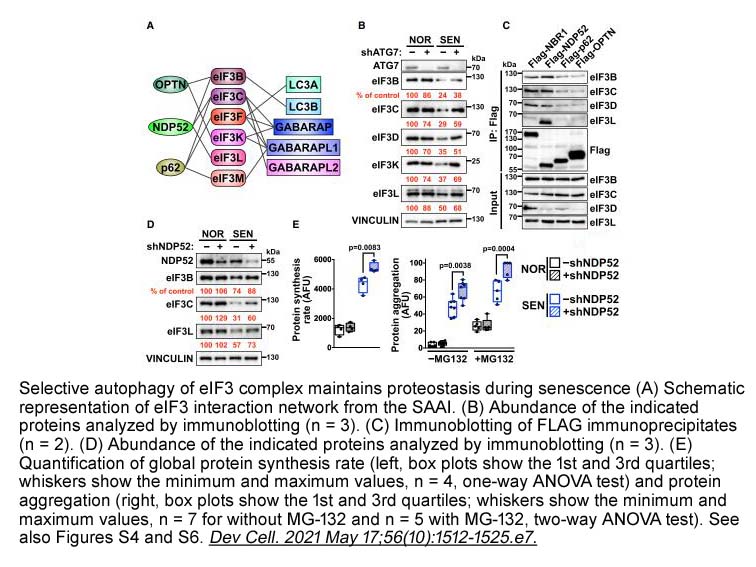
相关生物数据
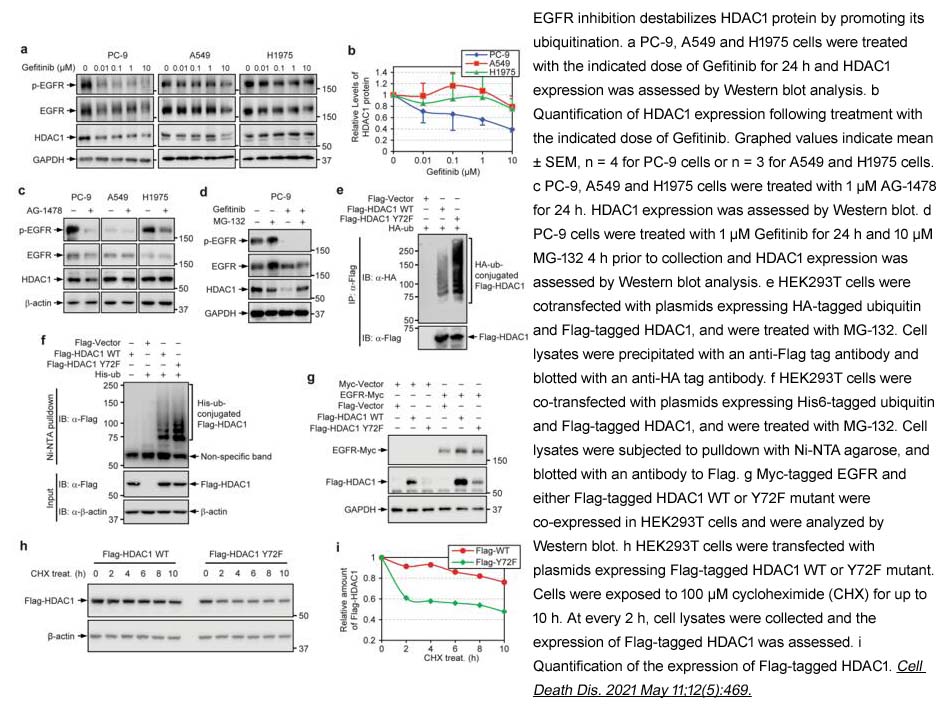
相关生物数据
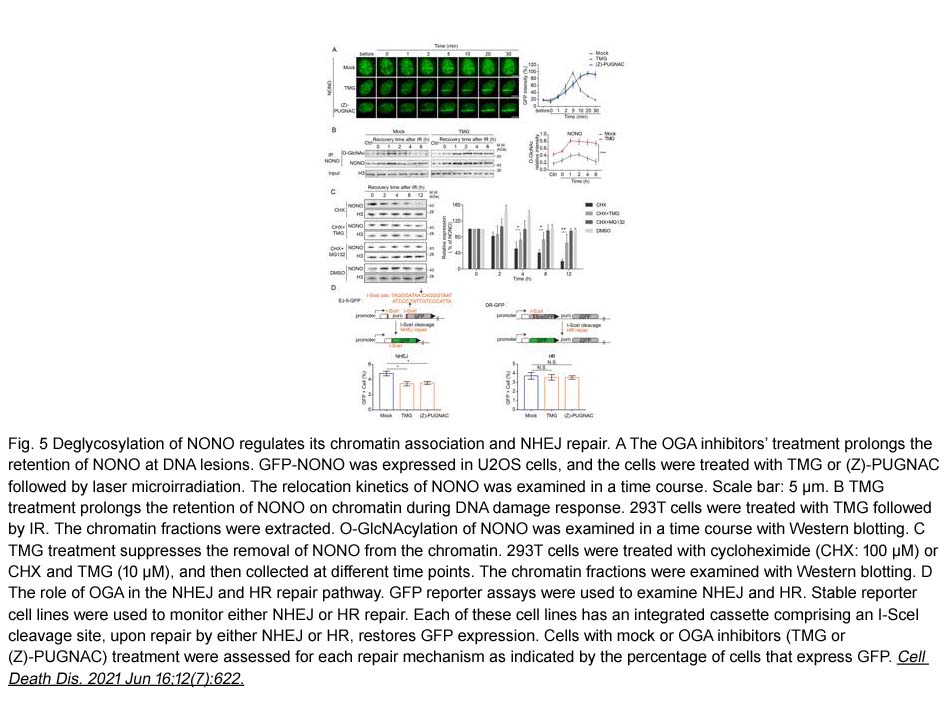
相关生物数据
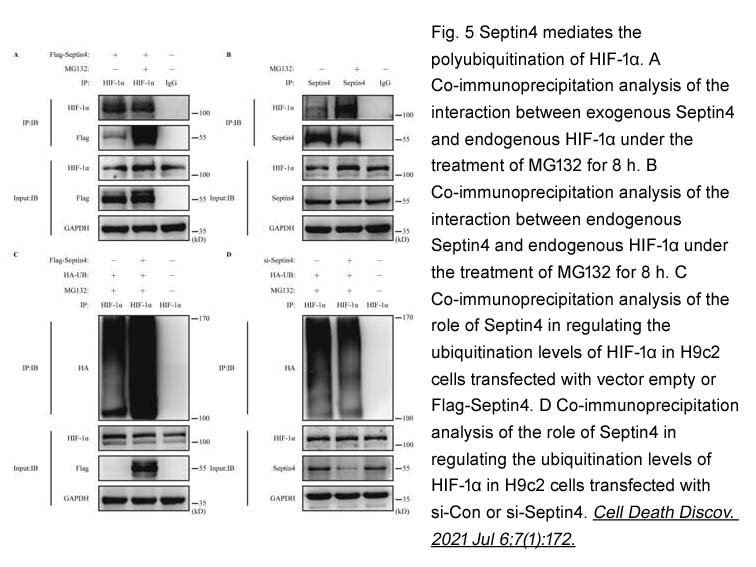
相关生物数据
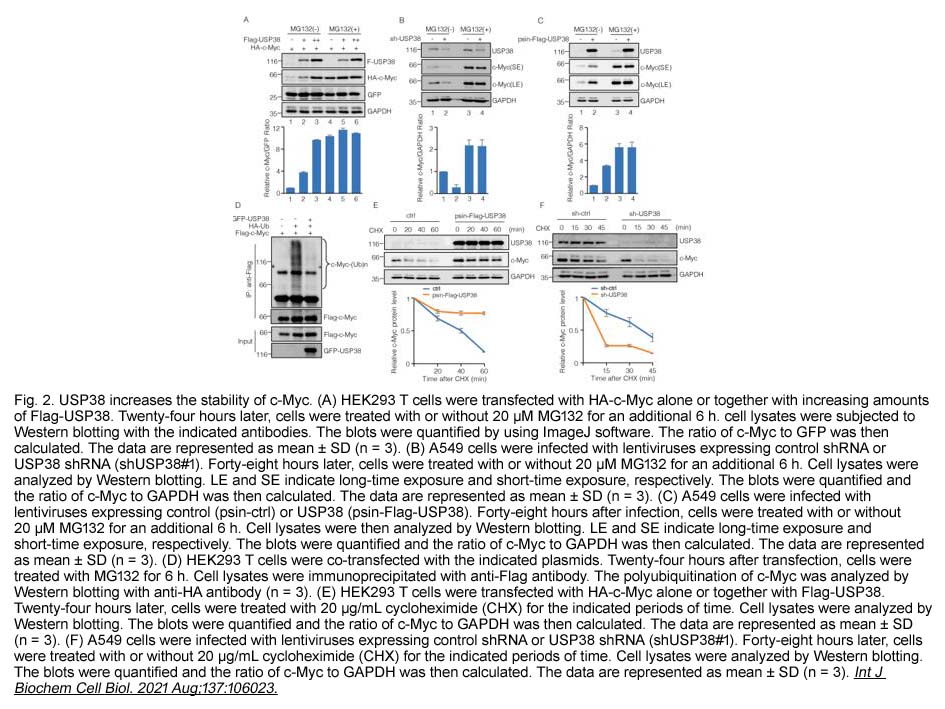
相关生物数据
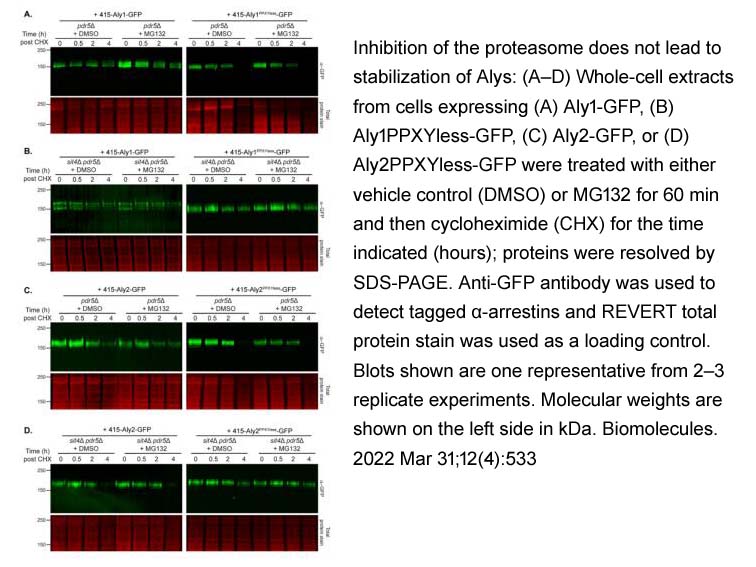
相关生物数据
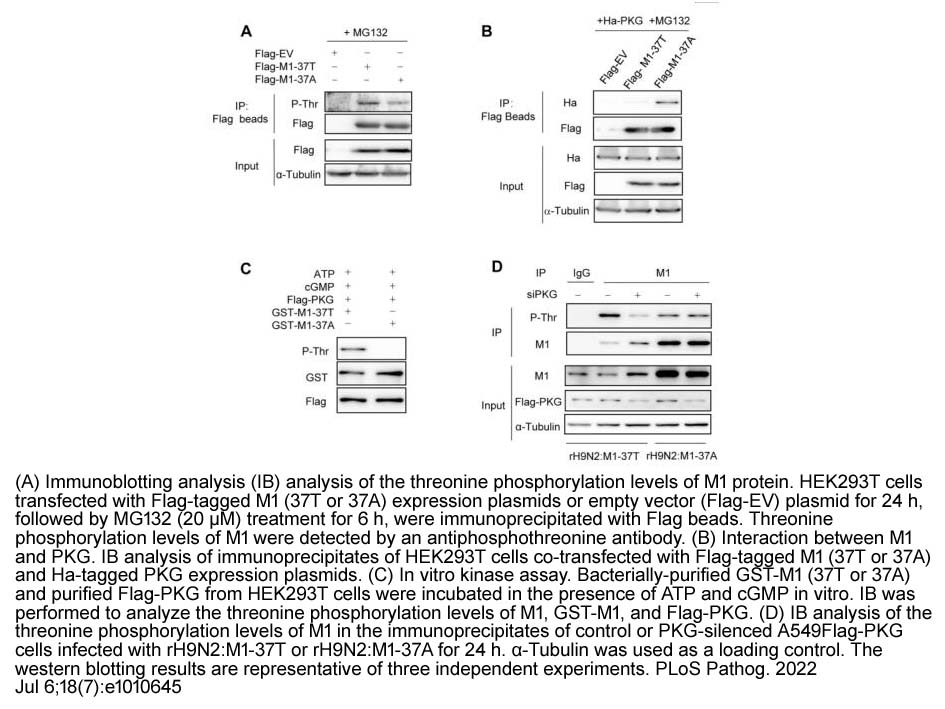
相关生物数据
